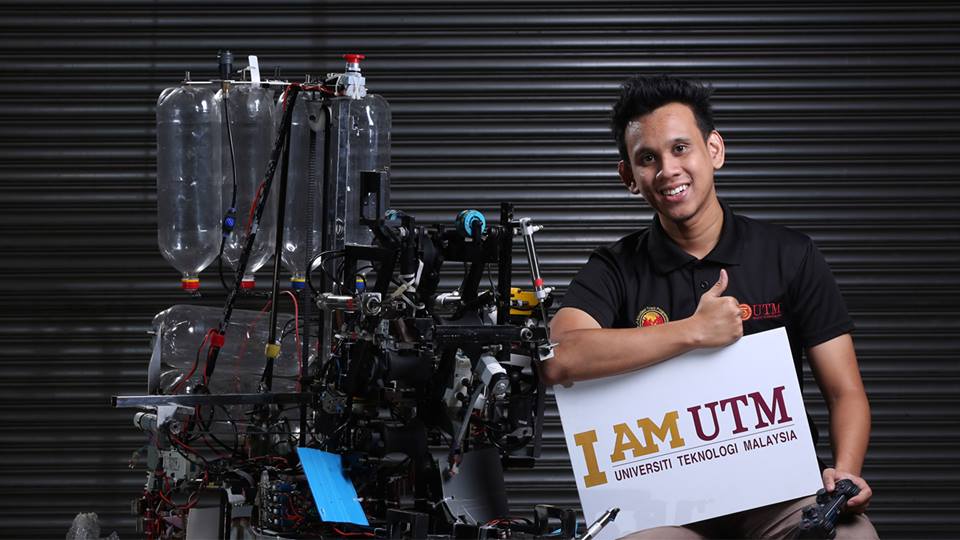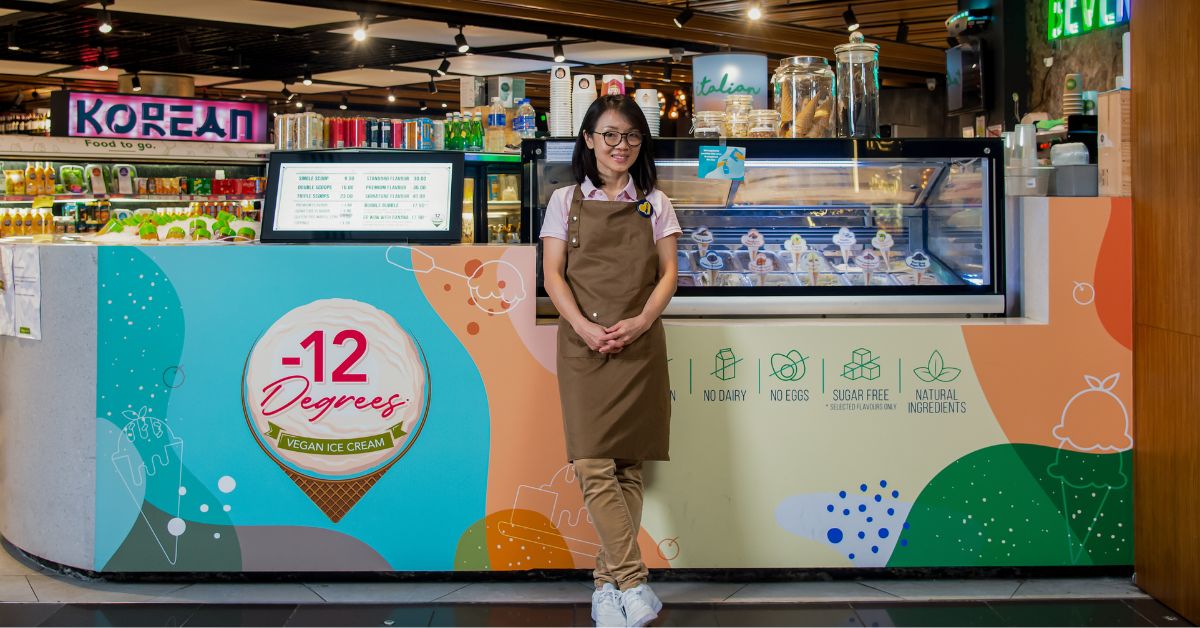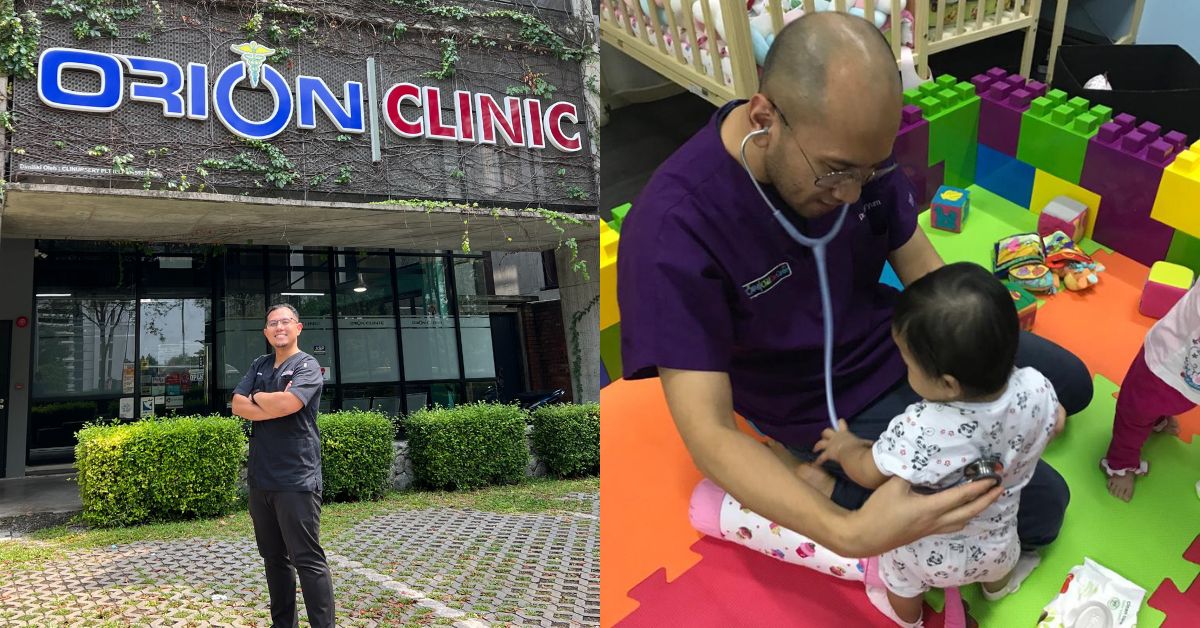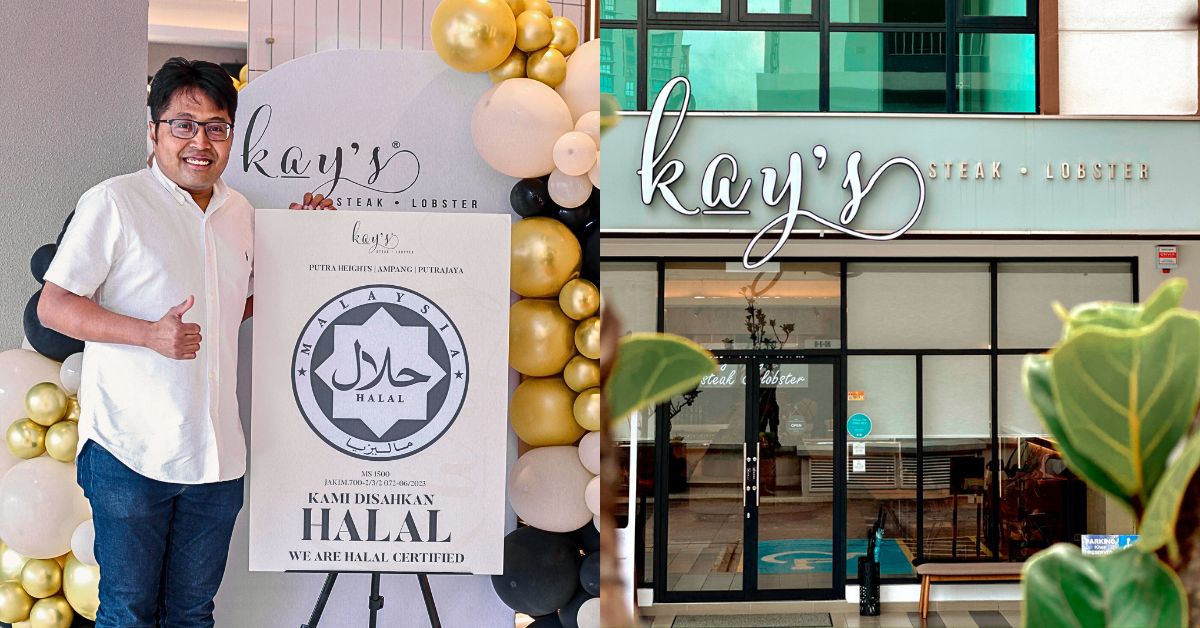Universiti Teknologi Malaysia (UTM) has made headlines for various reasons—good and bad—over the years. Nevertheless, this research university has been featured in many a “top universities list”, both nationally and internationally.
As it so happens, UTM is even located in the rapidly developing state Johor. Our prime minister has even called it the new economic powerhouse of Malaysia.
Because UTM takes its name seriously, they’ve also made headlines for their contributions to the tech scene of Malaysia. Some of these developments are quite cool and can potentially contribute to Malaysia finally achieving Wawasan 202- oops, I mean Transformasi 2050.
Here’s just a snapshot of the work that UTM has done recently.
1. An app that stimulates your mind.

Lazy students, rejoice! Your grades may be saved using this app developed by UTM’s Faculty of Bioscience and Medical Engineering.
The Smart Learning Technology app contains audio tunes that can stimulate minds for learning. It is apparently the first of its kind to help students get their brain stimulation, while listening to more than 50,000 radio channels from across the globe.
The app is currently available for download on Android. It was also available on iOS, but we were unable to locate the app.
2. The iLearning Cloud Showcase that makes education more interactive.
Utilising cloud computing and big data, the iLearning Cloud Showcase enables our current teaching and learning processes to be more interactive. It was developed in collaboration with Huawei.
The technology should help students access learning materials wherever they are. They should be able to also interact with lecturers or specialists through live video conferencing, and even share learnings with other universities.
Speaking of helping students learn:
3. Working on a classroom of the future.
Cisco System Malaysia, MaGIC and UTM launched a “classroom of the future” last year. In it, the concept of the lecture hall features VR technology and Cisco Spark (a team messaging, video calling and interactive drawing platform).
With the technology, the university hopes that students can experience their education as if in real life. There is also the potential for students to still interact with their lecturers or experts even if they’re actually somewhere else.
4. Helping to develop our first economic growth corridor.

Okay, but first of all, what is an economic growth corridor and why should I care?
Fun Fact: The economic corridors exist to bridge any development imbalances in the country. They are platforms for introducing more business incentives and free trade.
Since its launch, Iskandar Malaysia has been able to boast a cumulative investment of RM221 billion in 2016 (with much of the funding coming from China), well above their targeted figure of RM141 billion.
With UTM injecting their expertise over the past decade, the university was able to help the area grow into the powerhouse it is today.
Now, the city of Iskandar Malaysia will be recruiting undergrads and postgrads from the university to give them real-life city-planning experience. Meanwhile, the company will be able to cultivate Malaysian talent that we sorely need.
In similar news, UTM and the Majils Bandaraya Johor (MBJB) have another deal. Staff from the municipality will be going back to school in UTM to learn how to tackle hot-button city planning issues: flash floods, Big Data, and Structural Assessments.
5. Developing solar energy generating facilities.
In a collaboration between UTM and VSolar Group Berhad, the joint venture is researching and developing facilities, while figuring out how to commercialise renewable energy tech.
After all, having the tech is one thing. Being able to package and sell it to corporations is another feat of its own.
The collaboration will be working on R&D, assembly, distribution and marketing of power generation systems—apparently this includes wind power and wind-solar complementary power generators as well.
6. A collaboration with BOOST to create a cashless campus.
In a bid to become the nation’s first cashless campus, UTM partnered up with BOOST, a mobile wallet app.
Upon the activation of the BOOST app on the phones of all faculty and students, they can use the mobile wallet as the single mode of payment for their on-campus purchases.
7. Producing a haemodialysis machine that will be much cheaper than existing options.

As of June, they were only “steps away” from building a dialysis machine of our very own, and it could save our hospitals tonnes of money.
The project head, Prof Dr. Ahmad Fauzi Ismail said that the haemodialyser is created out of a high-quality plastic membrane, which is said to be more productive and has a quicker blood purification rate than those in the market now.
“The haemodialyser that we developed is more productive as it has a quicker blood purification rate, which is 14 litres a minute compared to eight litres per minute by imported machines.”
It would take them two years since June 2017, more or less, to finish the product.
8. Building an energy-saving home costing RM500,000.

A group of 20 UTM researchers developed an environmentally friendly home in their Skudai campus. It took a year for them to finish the project, a single-story bungalow using low carbon and eco-friendly materials.
Eco-friendly design features include having more glass windows instead of brick walls to save electricity during the day.
The home also sports a smart home automation system. Fans, lights, air conditioners, and other electrical elements are controlled by an Android app.
This means that residents can switch off lights anywhere they are, even if they’re out of the house.
9. Doing away with parking coupons and machines to introduce—a parking payment app.

A group of researchers in UTM developed this method to create the first SMSParkir UTM system, in 2016.
They developed it to help increase the efficiency of parking management, using a phone. Instead, users can either send an SMS or an app, instead of relying on parking machines and coupons.
It’s going through an ongoing implementation under MPJBT, starting with 20,000 parking spots and being increased time and time again.
They’re also having telcos on board to set up topups according to set rates.
###
Admittedly, this list is by no means exhaustive. But we still think that the university’s accomplishments are really worth shouting about. They stand as a role model—proving to us that we don’t need to rely on foreign minds to stay ahead, tech wise.
And hopefully, these are lessons well-learned by the tech players in Malaysia.
Feature Image Credit: UTM









